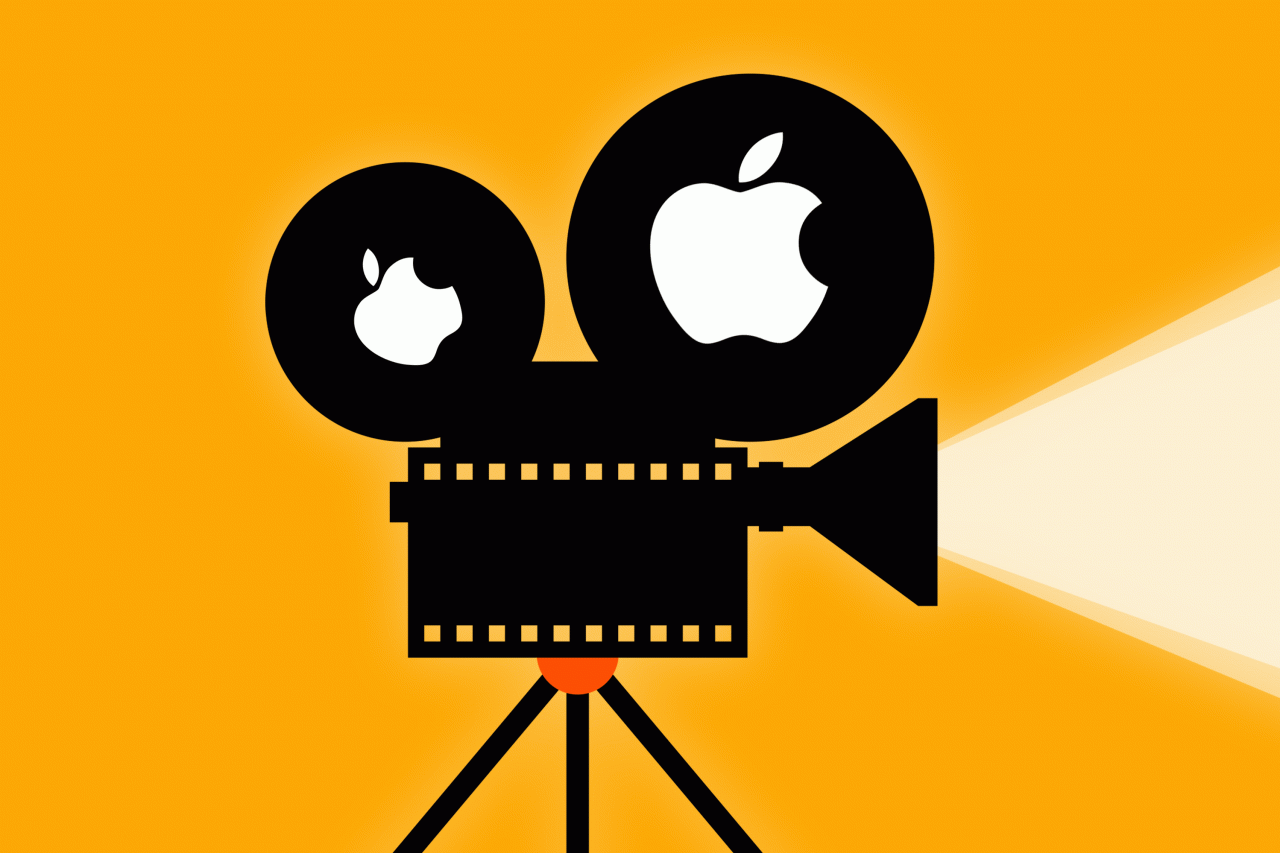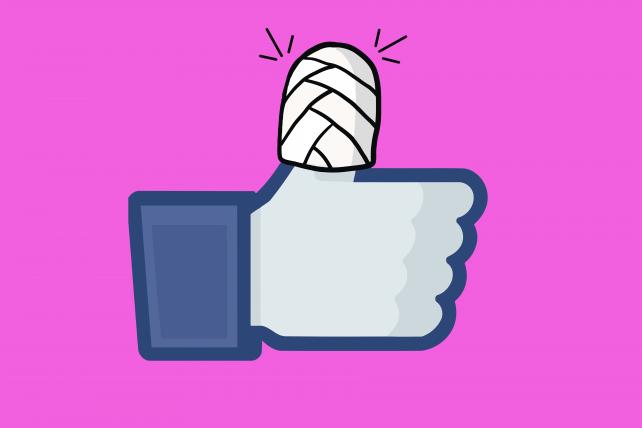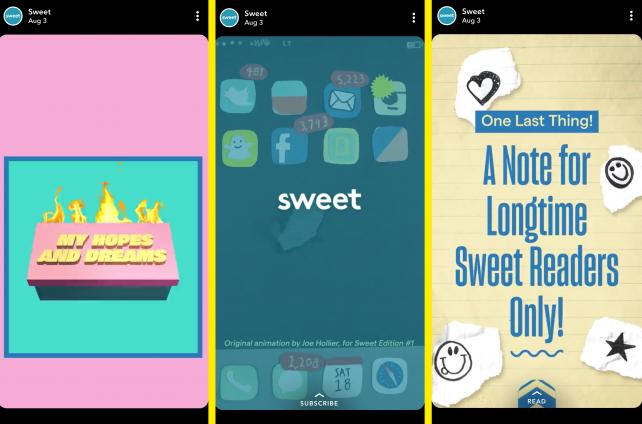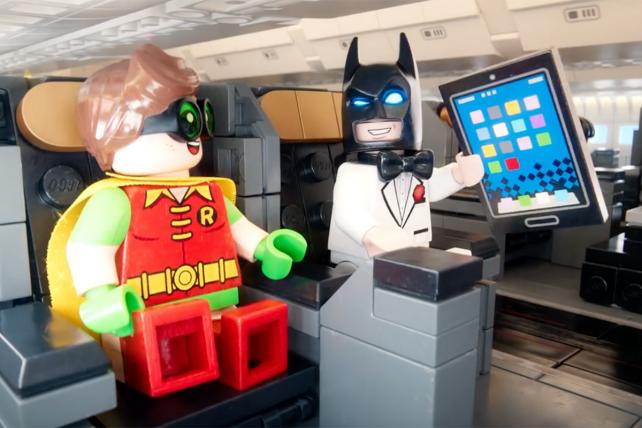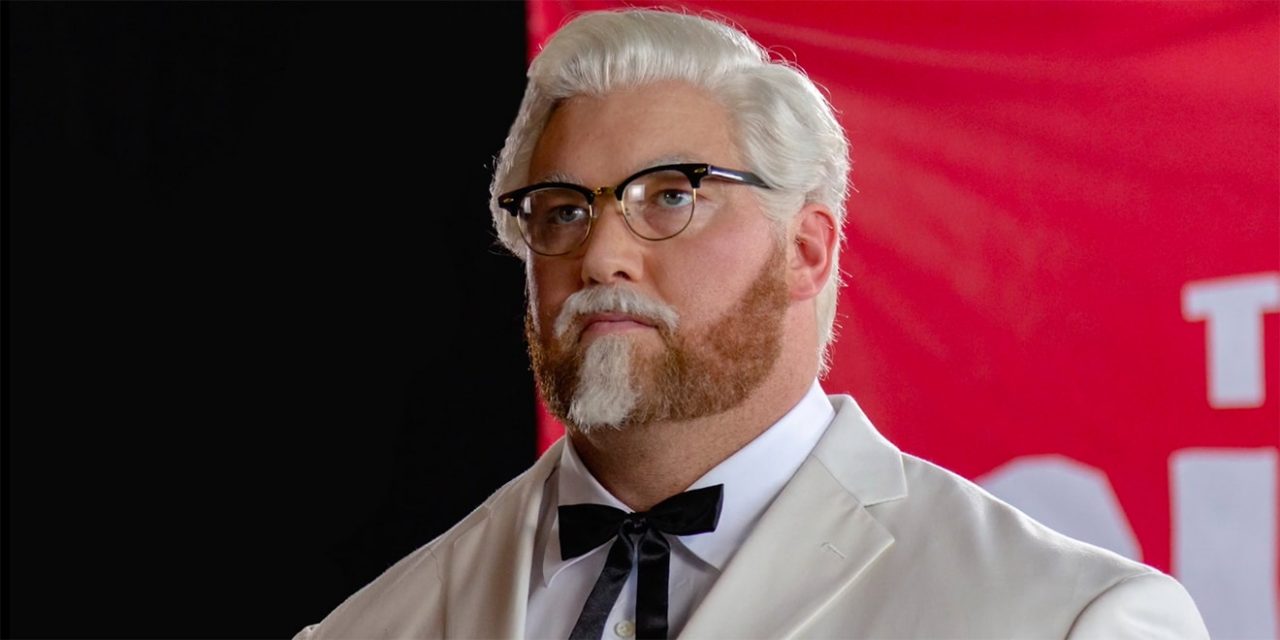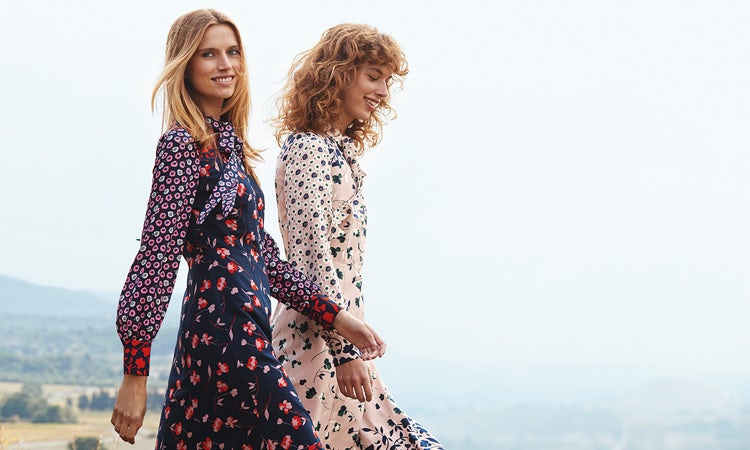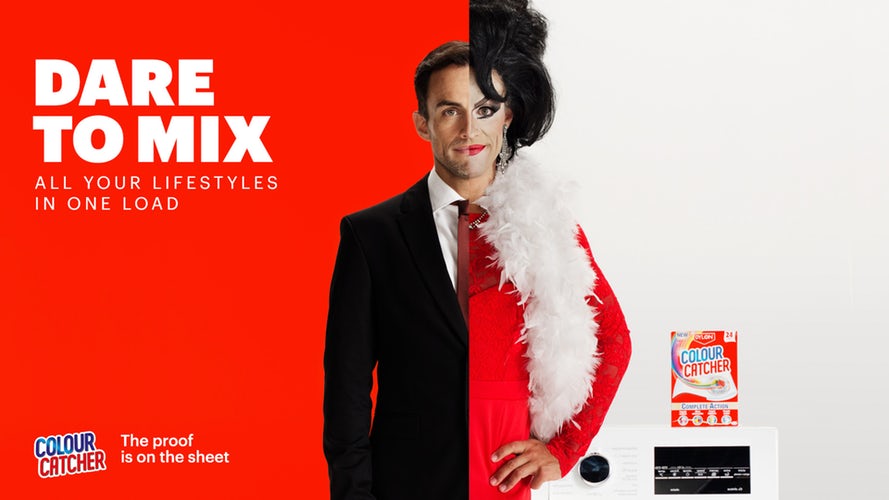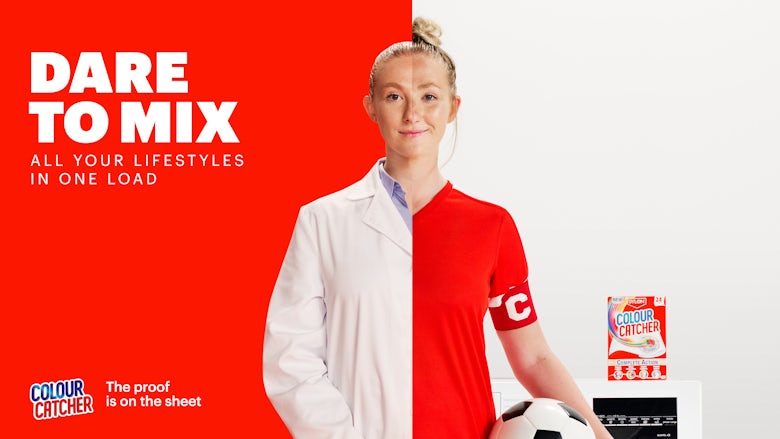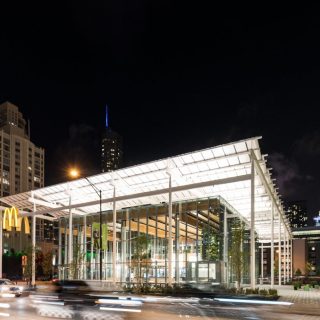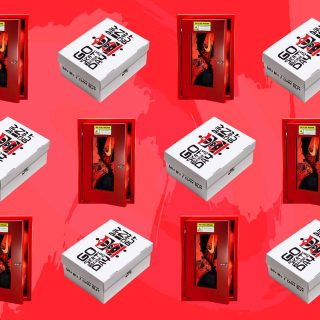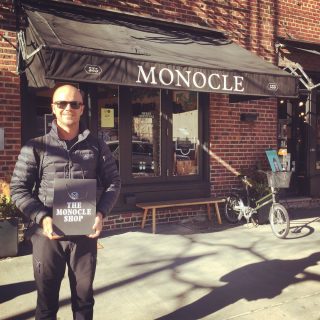Apple is now a trillion-dollar company. Better-than-expected iPhone sales have propelled the company to be wealthier than all but the 15 richest companies in the world, and only the second company (following PetroChina, an oil and gas company) to reach that valuation. But wait, there’s one more thing …
With Apple TV unit sales and revenue growing by “very strong” double digits last quarter, and a 100 percent increase in third-party providers (like AT&T’s DirecTV Now) using the Apple TV platform as the go-to-market device for their services, Apple has its sights set on another heretofore untapped market for the company: original content.
“The cord-cutting in our view is only going to accelerate and probably accelerate at a much faster rate than is widely thought,” said Tim Cook.
In August 2017, Apple announced plans to spend about $1 billion to acquire 10 TV shows. The company has since signed deals with Oprah Winfrey, Steven Spielberg’s Amblin Television and Sesame Workshop, and hired Jay Hunt, who brought shows like “Black Mirror” and “The Great British Bake Off” to Channel 4 in the U.K.
Then there’s Netflix, Amazon, and HBO
Apple will be joining a crowded and very competitive marketplace. Netflix (125 million subscribers), the market leader, is set to invest $8 billion on content in 2018, up from $6 billion last year. Amazon (95 million subscribers), is set to spend $4.5 billion on content in 2018, with estimates that its upcoming “Lord of the Rings” series could cost $500 million (and that’s after the $250 million Amazon spent to win the rights to stream the show).
HBO (54 million subscribers), the platform that has “Game of Thrones,” spent $2 billion on content in 2017. “Game of Thrones” was never an inexpensive show to make, but budgets have gotten far bigger as the series has rolled on. Its first-season episodes cost on average $6 million each, but each of the six nearly feature-length episodes that will make up 2019’s eighth and final season will cost $15 million or more. With multiple prequels planned to begin in 2020 and beyond, HBO has big plans and even bigger budgets; Francesca Orsi, HBO senior VP of drama, has said, “$50 million (per season) would never fly for what we are trying to do. We are going big.”
As the saying goes, when you play the game of thrones, you win or you die—but either way, you wind up spending a lot of money. In discussing the nine-figure deals Netflix has given Ryan Murphy and Shonda Rhimes, HBO programming chief Casey Bloys told the Hollywood Reporter, “You kind of have to adjust to the marketplace … It’s just a reality that doing a show will cost more.”
No commercials needed (or wanted)
We’re nearing a point where the consumer experience and product offerings brought to us by Netflix, Amazon, HBO, and Apple (let’s collectively call them NAHA) will replace commercial TV for a substantial percentage of consumers. Since none of these services need (or want) to sell advertising time, the concept of “mass marketing” is about to change.
Imagine reducing commercial broadcast TV audiences by 25 percent. What impact would it have on a national advertiser’s ability to drive retail sales for a mass-manufactured, mass-distributed brand? Will Facebook and Google fill the void? Is there even enough digital inventory to make up the difference?
What about data?
Perhaps the evolution of mass communication will leverage the wealth of data NAHA collects. There are probably some very interesting ways to use content tokens and loyalty programs to help subsidize subscription costs. But I’m not sure that any of these organizations are motivated to do anything that would confuse their subscribers or negatively impact their consumer experiences. Commercials will still work for live broadcasts, but nowhere else.
Bad dreams
I can imagine a not-too-distant future filled with content “haves” and “have nots.” If you can afford to pay for NAHA, you’ll enjoy the most compelling content served with the best on-demand user experience. If you can’t, you’ll be stuck with unwatchable fodder that is created as cheaply as possible and designed so that the fewest number of viewers will tune out. Commercial TV will devolve into filler between an almost unbearable number of commercials (yes, it can get worse than it is now), and advertisers will still reach only a fraction of the audiences they need to reach.
Where does this leave mass-market advertisers? It’s probably time to start thinking about how many-to-many (social) communication can be re-engineered for maximum reach to supplement or replace one-to-many (broadcast) communication. Of course, other solutions come to mind—one of the NAHAs may find advertising dollars irresistible. We’ll see.
Author’s note: This is not a sponsored post. I am the author of this article and it expresses my own opinions. I am not, nor is my company, receiving compensation for it.


